Ecosystems
-
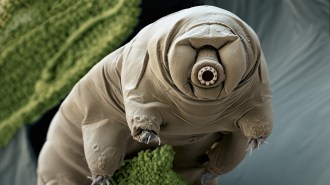 Animals
AnimalsTardigrades could teach us how to handle the rigors of space travel
Tardigrades can withstand X-rays, freezing and vacuum. Now researchers are learning how they do it, with an eye toward human space travel.
By Douglas Fox -
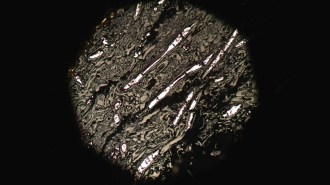 Environment
EnvironmentEarth’s oldest known wildfires raged 430 million years ago
430-million-year-old fossilized charcoal suggests atmospheric oxygen levels of at least 16 percent, the amount needed for fire to take hold and spread.
By Sid Perkins -
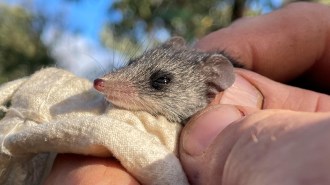 Animals
AnimalsThese tiny marsupials survived wildfires only to face extinction from feral cats
The Kangaroo Island dunnart was one species seen to reemerge after 2019–2020 Australian bushfires but is now closer than ever to extinction.
By Asa Stahl -
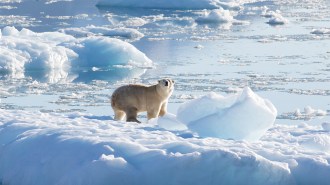 Ecosystems
EcosystemsSome polar bears in Greenland survive on surprisingly little sea ice
“Glacial mélange” could provide a last refuge for some bears as the Earth warms, but climate action is needed to preserve the species, researchers say.
By Nikk Ogasa -
 Ecosystems
EcosystemsJust 3 ingredients can quickly destroy widely used PFAS ‘forever chemicals’
Ultraviolet light, sulfite and iodide break down enduring PFAS molecules faster and more thoroughly than other UV-based methods.
By Nikk Ogasa -
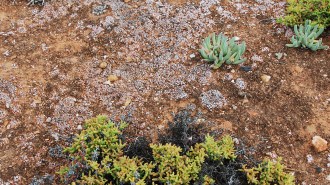 Ecosystems
EcosystemsBiocrusts reduce global dust emissions by 60 percent
Lichens and other microbes construct biological soil crusts that concentrate nutrients and slash global dust emissions.
By Nikk Ogasa -
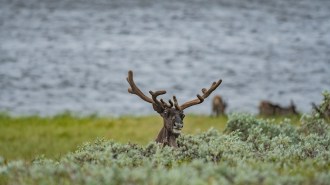 Life
LifeCaribou gut parasites indirectly create a greener tundra
Caribou merely sickened by parasites eat less vegetation, allowing plants to flourish.
By Jake Buehler -
 Agriculture
AgricultureOat and soy milks are planet friendly, but not as nutritious as cow milk
Plant-based milks are better for the environment, but nutrition-wise they fall behind cow milk.
By Nikk Ogasa -
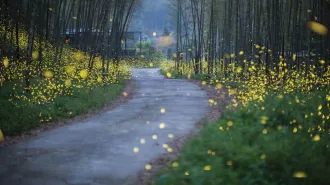 Animals
AnimalsWhy you should care about ‘The Insect Crisis’
A new book explains why insect populations are dwindling and why that’s a problem.
-
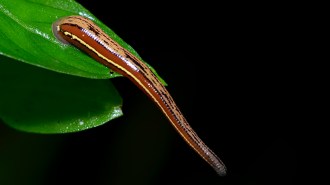 Animals
AnimalsLeeches expose wildlife’s whereabouts and may aid conservation efforts
DNA from the blood meals of more than 30,000 leeches shows how animals use the protected Ailaoshan Nature Reserve in China.
By Nikk Ogasa -
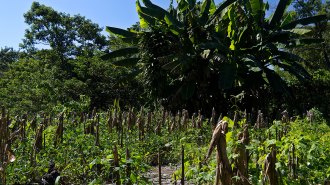 Science & Society
Science & Society‘Fresh Banana Leaves’ shows how Western conservation has harmed Indigenous people
Author and environmental scientist Jessica Hernandez discusses Indigenous displacement, conservation’s failures and how to improve the field.
-
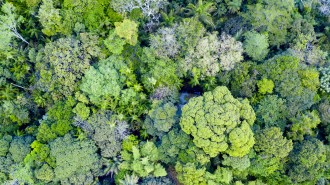 Plants
PlantsEarth may have 9,200 more tree species than previously thought
Estimating how many tree species are on Earth is an important step for forest conservation and protecting biodiversity.
By Jude Coleman